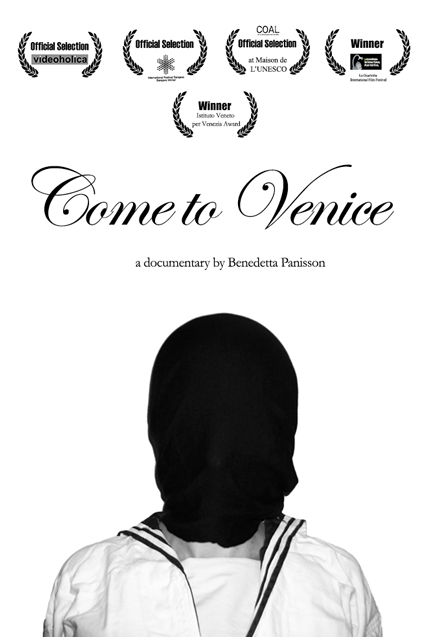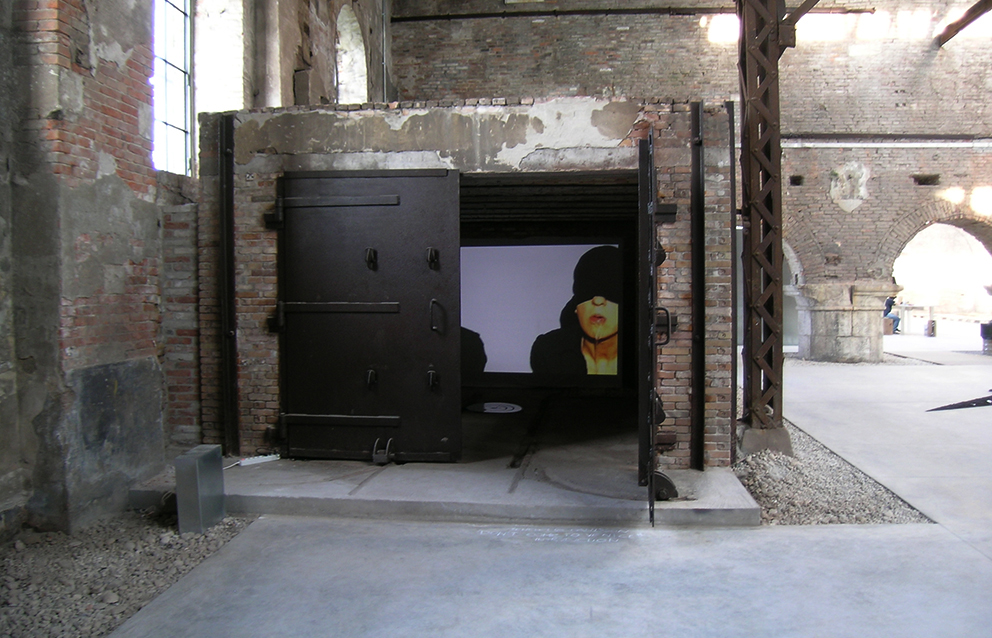Come to Venice
Come to Venice (2008 - 2015) is a project about the love for an island, the fear to lose it. A little act of collective performance, a sound of a high tide siren. It is a work dedicated to people who live there and to anyone who feels part of it. Such an intimate thing to belong to everybody. The project, grown up with the relation with locals and, at once, the institutions who take care of the city, is composed by photographic fragments and series, audio, videos, participated contexts, workshops, drawings, live performances, a documentary. Amerigo Nutolo, project curator, wrote: "Venice and its Lagoon - the artist's motherland, earlier destination, and now origin, of a diasporical movement, under the pressure of a massive penetration of visitors - are places of human braiding, exchange, substitution. A living stage, clotted in the mud, between garlic and sapphires as the T. S. Eliot's poem told. The siren of Come to Venice started to sing few years after Benedetta Panisson moved in Milan, giving begin to a journey through her own birthplace and community, and their contraddictions."
Technical details
Documentary, 19' 26", HD, colour. High tide siren, original sound, live performance, 10', with a simultaneous artist lecture. Other informations upon request.
Exhibitions
TEA, Museum of Contemporary Art of Tenerife, Canary Islands, Spain; S. Marco Square, Negozio Olivetti, FAI and Arsenale, Porta Nuova Tower, Venice, official screenings. Maison de l'UNESCO/COAL, Paris, S'adapter a l'Anthropocene, exhibition, Contingent Movements Archive, Maldives Pavillion, 55th Venice Biennale (web platform participation); Office Project Room, screening room, Milan. Kleine Humboldt Galerie, Berlin, Project Space Festival, sound performance. Sarajevo Winter Festival, screening. University of MIlano-Bicocca. Royal College of Art, London. Onassis Foundation, Athens, academic seminaries, screenings and collaborations. EU 7FP coordination action/project, Modena, Bruxelles (BOZAR, European Commision), Venice, workshop and screenings (with ECLT/Ca' Foscari and many participant universities)
Awards
Istituto Veneto’s International Journalism Prize for Venice, 2014, winner.
La Guarimba International Film Festival, 2013, Amantea, Italy, Best Documentary Prize.
Trailer | 2013
Come to Venice | Complete documentary | 2013
Still from documentary | 2013
High Tide Siren Performance | "Stage for the (im)possible" | curated by Kleine Humboldt Galerie | Project Space Festival Berlin | Tieranatomisches Theater | Humboldt University | 2015
High Tide Siren Performance | curated by Kleine Humboldt Galerie | Project Space Festival Berlin | Tieranatomisches Theater | Humboldt University | 2015
Come to Venice at TEA | Museum of Contemporary Art of Tenerife | 2019
TEA | Museum of Contemporary Art of Tenerife | Gonzalo González: desplazamientos, aperturas, miradas desde el cine | curated by Francisco-J. Hernández Adrián | 2019
Complete film selection: Escena frente al mar (Japón, 1991), de Takeshi Kitano, y Aequador (Francia, 2012), de Laura Huertas Millán; La isla desnuda (Japón, 1960), de Kaneto Shindo, y Corta (Colombia, 2012), de Felipe Guerrero; El espejo (Unión Soviética, 1975), de Andrei Tarkovski; El Laberinto (Francia, 2018), de Laura Huertas Millán, y Atrato (Francia, 2014), de Marcos Ávila Forero; Limite (Brasil, 1931), de Mário Peixoto, y Come to Venice (Italia, 2014), de Benedetta Panisson.
“En Come to Venice, de la artista conceptual y fotógrafa italiana Benedetta Panisson, los escenarios de la crisis, la implacable degradación del patrimonio histórico y urbanístico, y la fragilidad de la vida cotidiana en el archipiélago de Venecia, convierten a los ciudadanos en rehenes de la excesiva explotación turística y de los intereses económicos de la industria. La indignación y la resistencia se nos presentan aquí en clave queer, transgresora y provocadora, pues esta obra navega ágilmente entre los registros del documental etnográfico, la declaración reivindicativa y la investigación de los cuerpos (sensuales y sexuales) en un paisaje cotidiano, histórico y político. Panisson parece interpelar así, desde Venecia, algunas de las experiencias, aperturas y paradojas que se sugieren en la obra de Gonzalo González.” [Texto de Francisco-J. Hernández Adrián, Durham University]
Come to Venice is part of Contingent Movements Archive | curated by Hanna Husberg and Laura McLean | Maldives Pavillion, 55th Venice Biennale | 2013 | http://www.contingentmovementsarchive.com/
Come to Venice at "S'adapter a l'Anthropocene", exhibition curated by UNESCO and COAL Prix | Maison de l'UNESCO | Paris | 2013 | https://es.unesco.org/node/181761
Come to Venice at "S'adapter a l'Anthropocene", exhibition curated by UNESCO and COAL Prix | Maison de l'UNESCO | Paris | 2013 | http://www.projetcoal.org/coal/2013/11/19/exposition-sadapter-a-lanthropocene/
Vice Italy | 2020 | https://www.vice.com/it/article/wxq395/venezia-crisi-climatica-turismo
Come to Venice | series of 40 film photographic images | ongoing photobook project | 2017-…

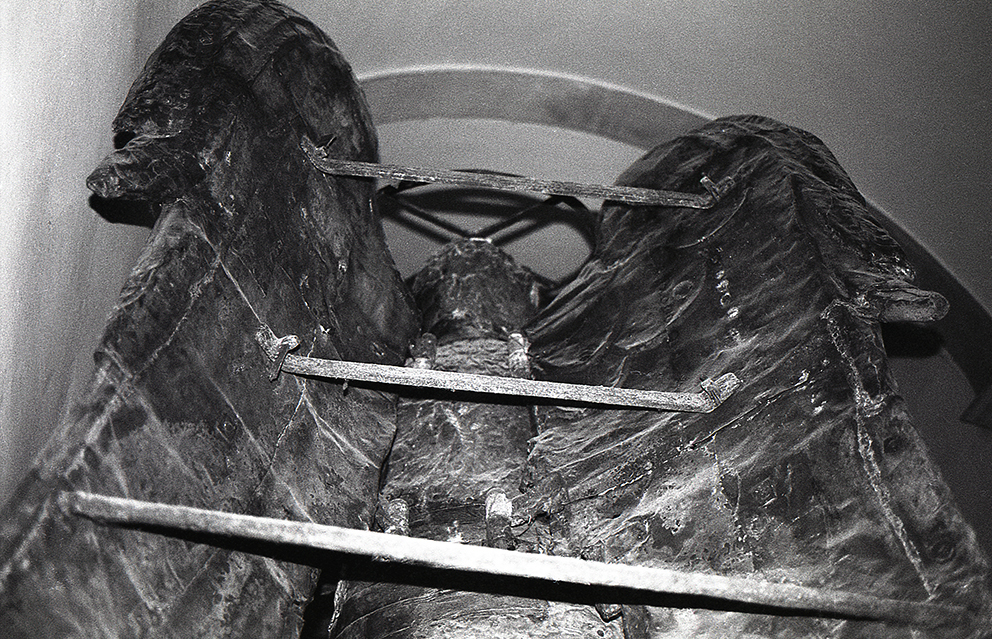
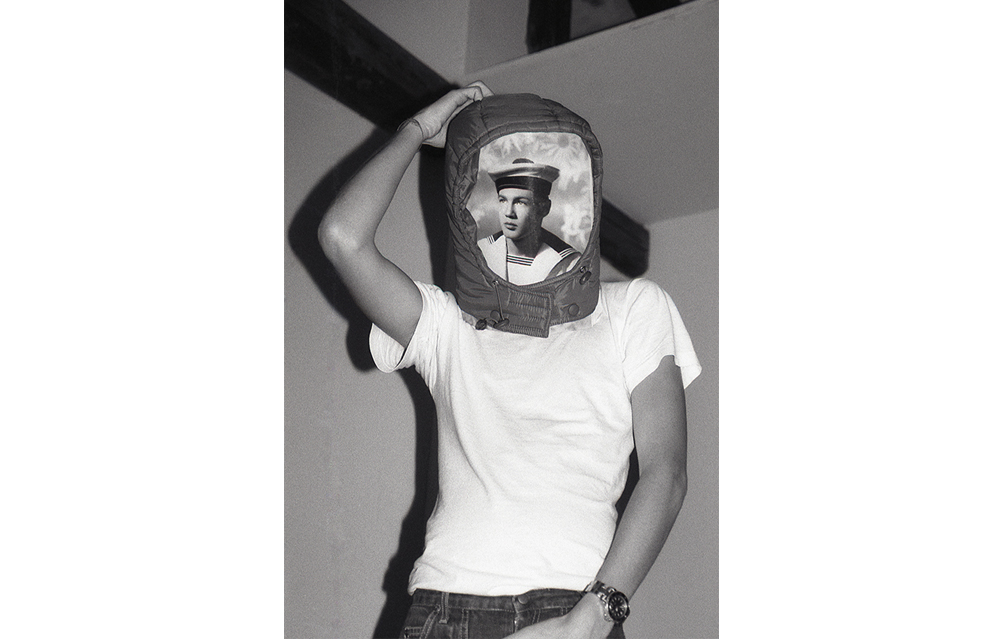

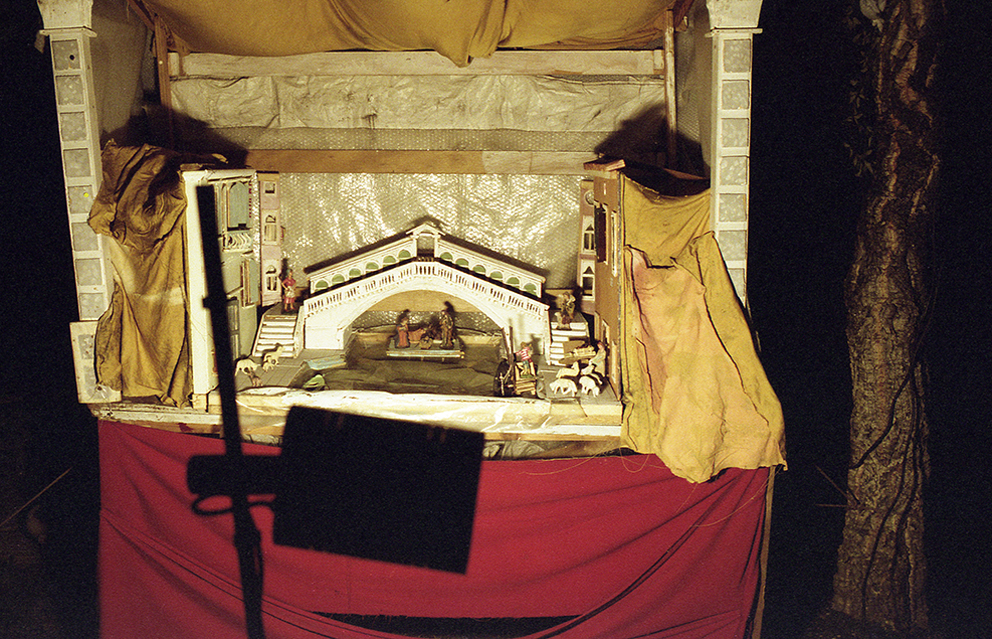
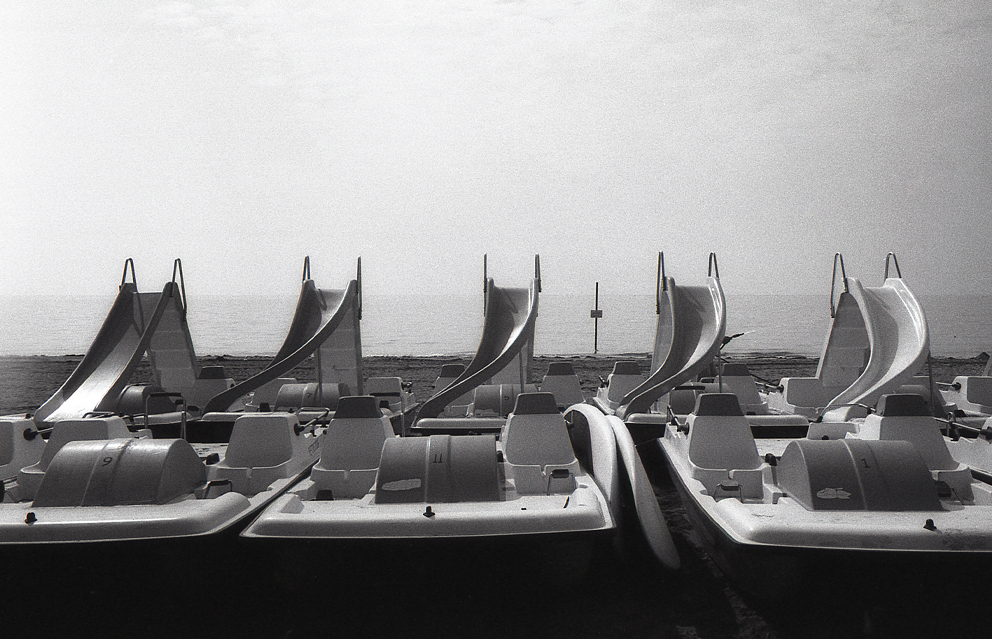
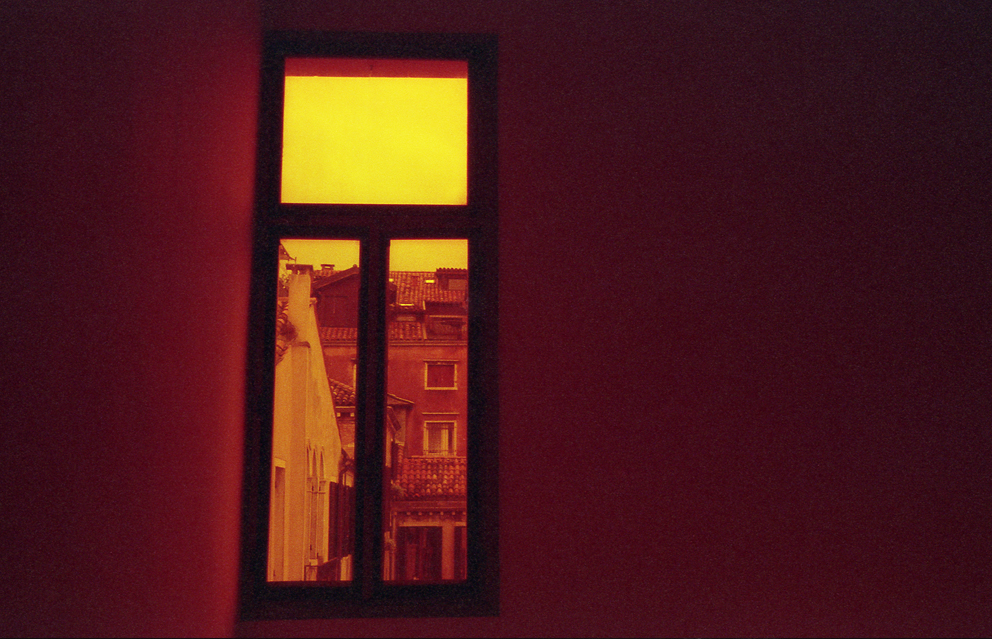
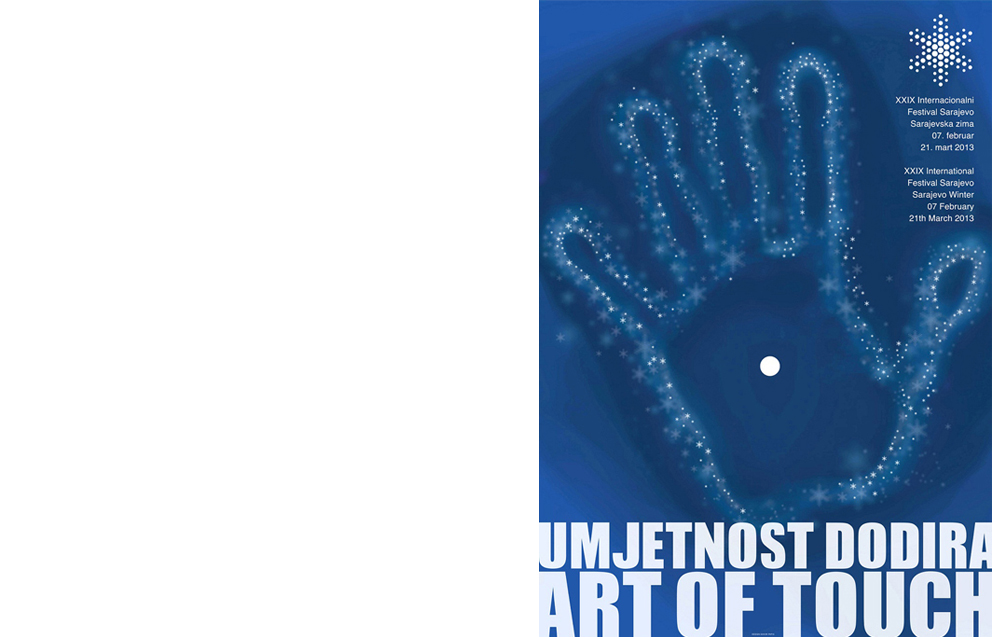
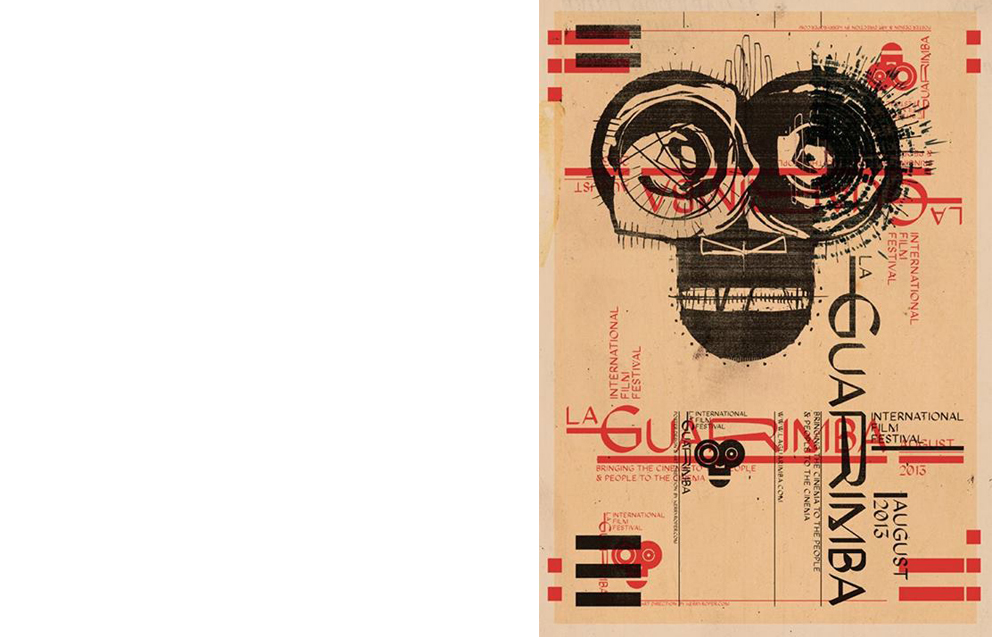
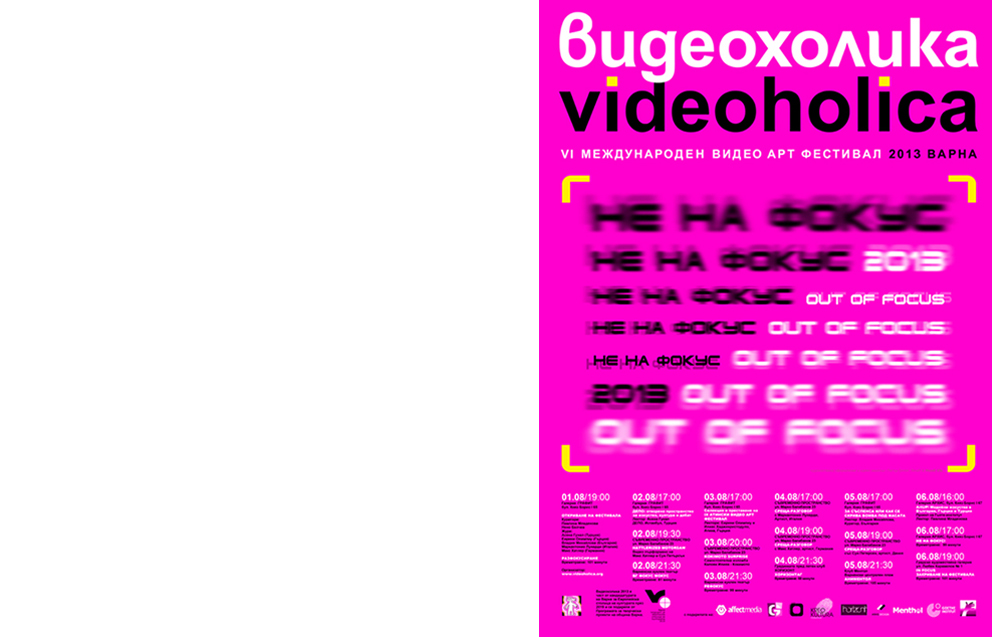
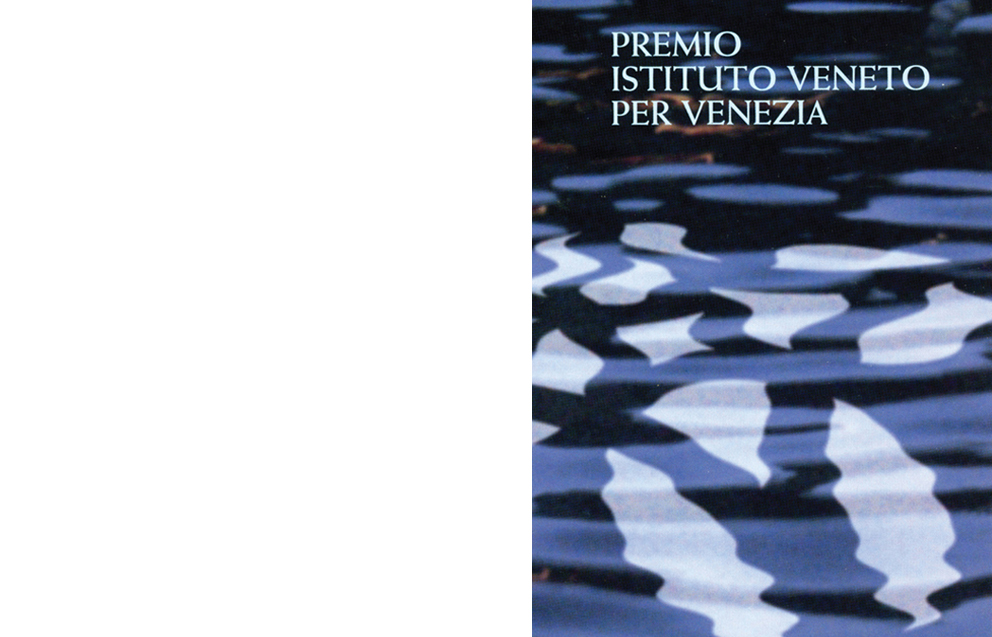
Convegno "Città, cittadini, conflitti. Il Diritto alla prova della dimensione urbana", Dipartimento di Giurisprudenza, Milano-Bicocca University | 2017.
Come to Venice winner at Istituto Veneto di Scienze, Lettere e Arti Award | Ceremony Speech | Venice | 2014
Come to Venice | Official Screening curated by Amerigo Nutolo | Torre di Porta Nuova | in collaboration with Forum Futuro Arsenale | Venice | 2015
Come to Venice | Official Screening curated by Amerigo Nutolo | Negozio Olivetti | FAI - National Italian Trust | 2015 | http://www.negoziolivetti.it/proiezione-del-video-come-venice-dellartista-benedetta-panisson
Come to Venice | Official Screening curated by Amerigo Nutolo | Negozio Olivetti | FAI - National Italian Trust | 2015 |
Structures of Feelings | Royal College of Art | curated by Adam Kaasa and Yoke Sum Wong | 2015 | https://www.rca.ac.uk/news-and-events/events/structures-feelings/
The title of this meeting is inspired by Raymond William’s Structures of Feeling essay (1977) in which we explore “a kind of feeling and thinking which is indeed social and material, but each in an embryonic phase before it can become fully articulate and defined exchange.” It is this embryonic phase that we give attention to in the experiencing of architecture as immaterial and material and as we navigate its configurations – negotiating towards the affective consciousness of spatial form/s that is at once social and personal – emergent and emerging – in an ‘interrelating continuity’.
Come to Venice is a case study at the European Workshop Narrations and communities, bulding communities for making citizenship, organize by INSITE, Porf. Margherita Russo, and Valentina Anzoise, at Officine Emilia, Modena University, 2014. INSITE is an EU Coordination Acttion whose goal is fostering the dialogue between researchers and practitioners on “How to build a sustainable society, environmentally sustainable and socially responsable”.
Benedetta Panisson talked about: making a message ambigous, deformation and information, emotional structures in an artistic approach/scientific approach, the importance of minority greoups in a community, the performative aspect of hooded people in the “visibility era”, sadian mechanism in Venice. Amerigo Nutolo talked about the first reaction of pleople living in Venice in front of the documentary, a family photobook that you prefer to keep in a closet even if you love every single image of it.
Still from Come to Venice documentary | 2013
Come to Venice at Ca’ Foscari University, Venice
Designing a more sustainable Europe: stories for changes and innovation. Workshop organized by ECLT, INSITE, Ca’ Foscari, Valentina Anzoise and Paolo Gurisati. 2014.
ECLT (European Centre for Living Technologies, Ca’ Foscari interuniversity research centre) investigates the living technologies: artefacts and processes (from nano-scale to social scale) that take form and act based on typical biological process: self-organization, adaption, development. Can an artistic vision and narration produce a sustainable change? Can it show its own story from a differnt point of view?
During the workshop Benedetta Panisson, together with a team of researchers anf project curator, Amerigo Nutolo, tlked about: the dark side of communication, the victim-executioner sadian mechanism, the deep victim point of view, comformism and bourgeoisie as impossiblity of a tragic feeling, the use of the high tide siren as general state of alarm, a community loosing its own sense of community.
Come to Venice at Bozar, Palais des Beaux Arts, Bruxelles. Narratives for change: the united power of people, stories and technologiy to induce change. 2014
The event is held under the High Patronage of the Italian Presidency of the Council of the European Union. The workshop will analyze the role of narratives for public engagment at the nexus of science, ICT, and the Arts. The workshop will gather experts from different filds (S&T, policy and the Arts) to discuss ideas and share experiences in public engagement by use of the combined power of narratives, new technologies, and the Arts. The event is organized by EC funded program “Emergency by Design”. Artists, scientists, policy makers, as well as citizens rely on and construct nerratives when they produce artwork, theories, policies, or social movements. Such narratives become part of and forge an identity and are themselves transformed through their use. THe program “Emergency by Design” is setting up a digital platform that allows monitoring such transformations.
Come to Venice in a reaserch by Prof. Laura Burocco | Universidade do Rio de Janeiro | published in Concinnitas | Revista do Istituto de Artes da UERJ: https://www.e-publicacoes.uerj.br/index.php/concinnitas/article/view/21191/15273
Redentore as a fake war (2009) is a fake of war attack in Venice using just images and sound recorded during Redentore in 2009 and images from a wintry and empty Biennale Giardini.
Video was made using: images and sound of the fireworks from the Redentore Celebration as fake bombs / sound of the Venetian high tide siren as fake war alarm / images of a wintry and empty Giardini of Biennale / images of the restoration of an ancient building as fake bunker / digital filter simulating the Night Vision Device (NVD) / overimposed symbol used by TV during the live broadcast.
Dont’ come to Venice at Re:Public | exhibition curated by Amerigo Nutolo | Ibrida and Momos | Tese dell’Arsenale | Venice | 2008

